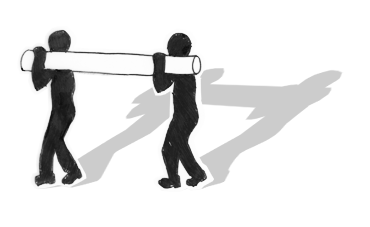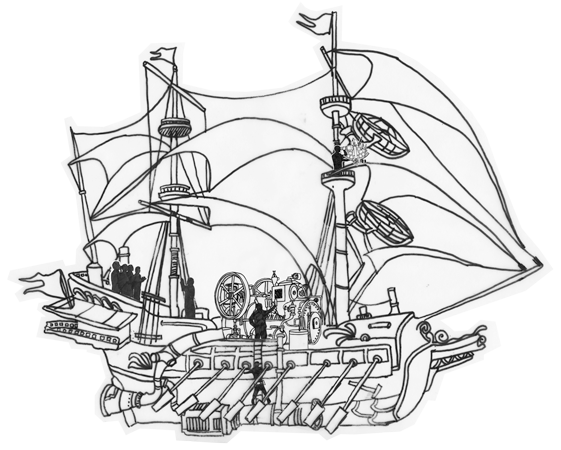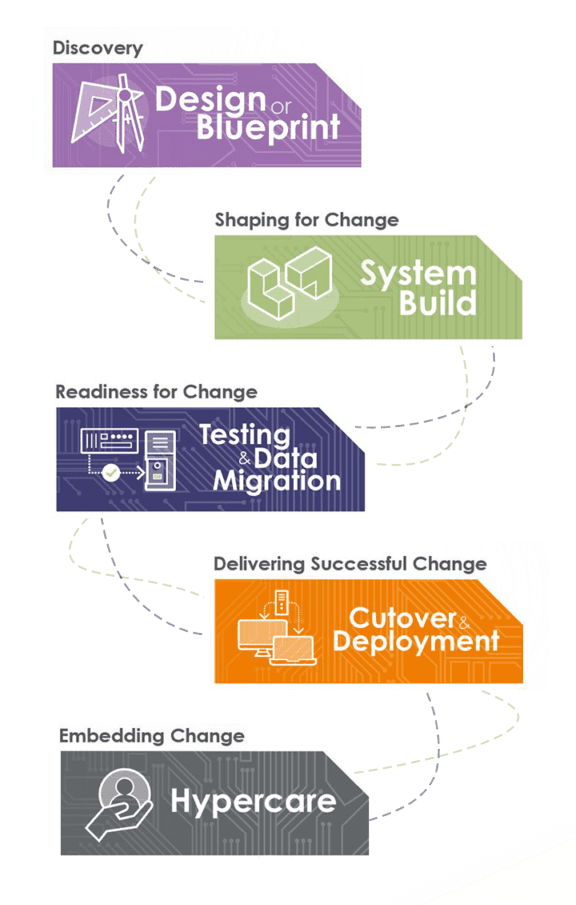Example 1
Our telecommunications client had engaged their ERP vendor as systems integrator for their transformation. The SI focused on the technology aspects of the programme and neglected the business change and people elements. For example, they developed entirely technically focused training, with no education on why things were changing, how the new ERP connected to business processes or how this would impact day-to-day work.
The client realised the change was not being well received and engaged Afiniti to remedy this. We built a compelling, people-focused vision that brought the change to life and helped people connect and buy in to it.
Because of the late start, the client programme team faced enormous pressure and stress to deliver all technical and people change in a more condensed timeframe, which risked programme failure. Fortunately, through Afiniti’s collaboration with the SI, the client was able to successfully go-live with SAP S/4HANA.

Example 2
Afiniti were engaged at the pre-programme stage of our energy client’s SAP S/4HANA transformation. We co-created the vision with them, helping them to develop objectives, desired benefits and key messages, seeking input from key stakeholders throughout to bring them on board from day one.
Securing early leadership alignment and sponsorship was crucial, as it allowed us to create executive sponsor videos as part of the change toolkit that promoted the benefits of the new ERP to get people excited, rather than scared. We also ensured the right governance model was in place, including global and local process owners who understood their role and were aligned to key messages.
As a result, the change strategy was tailored specifically for the unique needs of impacted functions, and the migration is happening with low resistance from people and minimal stress or risk for programme leads.











